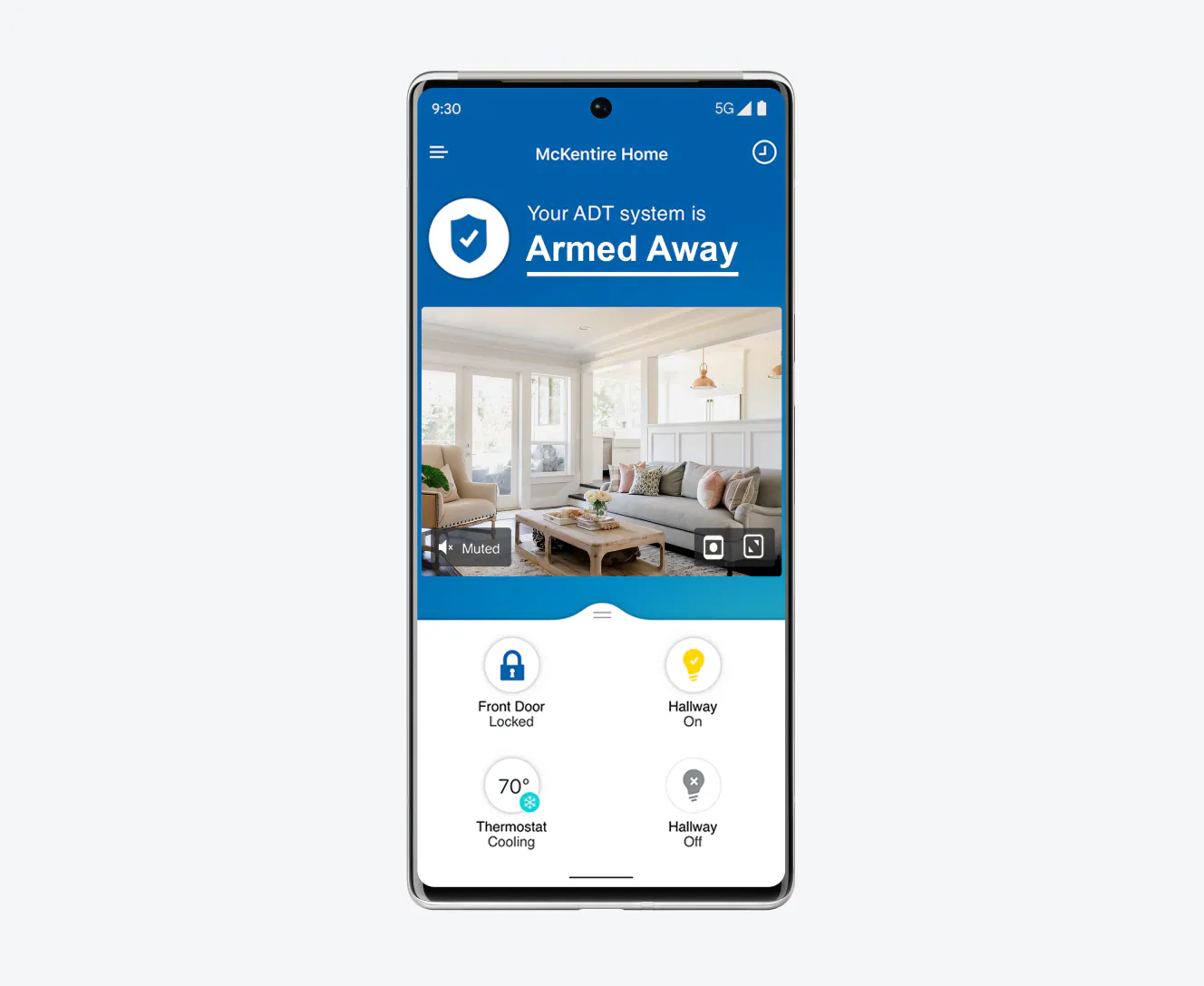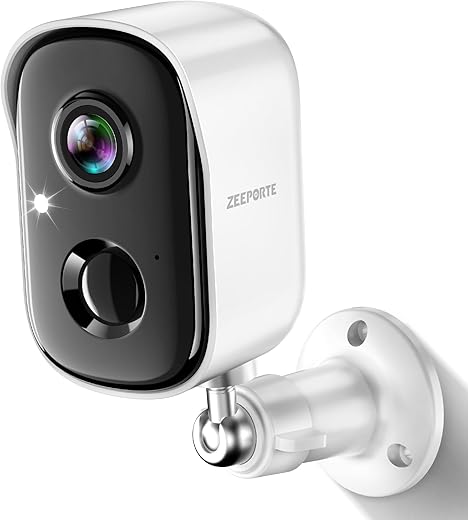First Alert CO605 vs. Kidde: Which Detector Reigns Supreme?
When it comes to protecting your home from the silent threat of carbon monoxide, choosing the right detector is essential. The First Alert CO605 Detector and the Kidde CO Detector are two popular options that offer peace of mind, but they come with different features and benefits. In this comparison, we’ll take a closer look at their design, functionality, and overall performance to help you decide which one might be the best fit for your needs.
Safety Assurance

The First Alert CO605 Plug-In Carbon Monoxide Detector offers reliable protection with its advanced electrochemical sensor and battery backup for continuous monitoring, even during power outages. With a loud 85-decibel alarm and easy-to-use features, it’s a smart choice to keep your family safe from carbon monoxide hazards.
Safety First

The Kidde Carbon Monoxide Detector is a portable, battery-powered alarm that utilizes advanced electrochemical sensor technology to detect CO gas, ensuring your safety even during power failures. With easy installation, a clear LED indicator for power status, and a loud alarm for alerts, this reliable device also features a test-reset button and event memory for added convenience.
First Alert CO605 Detector
Power Source
Corded Electric with Battery Backup
Alarm Sound Level
85 decibels
Temperature Range
Up to 105 Degrees Fahrenheit
Warranty
7 Years Limited
Sensor Type
Electrochemical
Kidde CO Detector
Power Source
Battery Powered (2 AAA batteries)
Alarm Sound Level
85 decibels
Temperature Range
40 to 100 Degrees Fahrenheit
Warranty
10 Years Limited
Sensor Type
Electrochemical
First Alert CO605 Detector
Kidde CO Detector
First Alert CO605 Detector
Kidde CO Detector
Comparison


Comparison Table
Unique Selling Points (USPs)
First Alert CO605
- Plug-In Convenience: Easily connects to wall outlets, ensuring constant power.
- Battery Backup: Provides protection even during power outages.
- Digital Readout: Displays CO levels for user awareness.
- Replacement Indicator: Notifies when it’s time to replace the unit.
Kidde Carbon Monoxide Detector
- Battery Powered: Ideal for portable use in different locations.
- LED Indicators: Allows for easy status checking at a glance.
- Compact Design: Lightweight and easy to move around.
- Test/Reset Button: Quickly tests the alarm functionality.
Similarities
- Both devices feature a test/reset function and low battery indicator.
- Each has an alarm sound level of 85 decibels for effective alerts.
- Both units are UL Listed for safety assurance.
Pros and Cons
First Alert CO605
Pros
- Constant power source with the option of battery backup.
- Digital display provides informative CO level readings.
- Ideal for stationary use in homes.
Cons
- Limited portability due to the plug-in design.
- More expensive compared to battery-operated alternatives.
Kidde Carbon Monoxide Detector
Pros
- Fully portable, allowing for use in multiple locations.
- Budget-friendly option without sacrificing safety.
- Easy to read LED indicators simplify user interaction.
Cons
- Requires battery replacements, which can be inconvenient.
- Lacks the detailed display of CO levels compared to the First Alert model.
Conclusive Assessment
Both products serve the essential function of detecting carbon monoxide, but they cater to different user needs. The First Alert CO605 excels in stationary use with its plug-in feature and digital readout, making it ideal for homes where outlets are readily available. On the other hand, the Kidde Carbon Monoxide Detector shines in portability and budget-friendliness, making it perfect for those who need a detector they can easily move around or take with them.
Final Summary
In conclusion, if you prioritize a stable power source and detailed CO level readings, the First Alert CO605 is the better choice for home use. However, if you need a detector that is economical and portable, the Kidde Carbon Monoxide Detector is a fantastic option. Ultimately, your choice should depend on whether you need a permanent solution or a versatile, travel-friendly device.


Guidelines for Comparing CO2 Detectors
When it comes to choosing the right carbon monoxide (CO) detector, there are several factors to consider to ensure you make an informed decision. Below, we outline key guidelines and factors to help you compare products effectively, such as the First Alert CO605 Detector and the Kidde CO Detector.
1. Detection Technology
- Electrochemical Sensors: These sensors are often more accurate and responsive, making them a preferred choice for many detectors.
- Metal Oxide Semiconductor (MOS): Typically less expensive, but may not be as reliable over time.
2. Alarm Features
- Sound Level: Look for a loud alarm (85 decibels or higher) to ensure it can be heard throughout your home.
- Visual Alerts: Some models include flashing lights or digital displays that can provide additional alerts.
3. Power Source
- Battery-Powered: Offers flexibility in placement; however, you’ll need to regularly change the batteries.
- Hardwired: Provides continuous power but requires professional installation.
- Rechargeable Options: Some detectors come with built-in rechargeable batteries for convenience.
4. Display Options
- Digital Readout: Displays current CO levels, which can be useful for monitoring air quality.
- Signal Indicators: Visual signals to show the status of the detector (operational, low battery, or alarm status).
5. Coverage Area
- Room Size: Ensure the detector is suitable for the size of the area it will monitor. Check the manufacturer’s specifications for coverage recommendations.
- Placement: Consider where the detector will be installed to maximize its effectiveness.
6. Maintenance Requirements
- Self-Test Feature: Look for detectors that have a self-test function to confirm that they are working properly.
- Ease of Maintenance: Some models require regular cleaning or battery changes; choose one that fits your lifestyle.
7. Certification and Standards
- Underwriters Laboratories (UL) Certification: Ensures the product meets safety standards.
- EPA Compliance: Verify that the product adheres to Environmental Protection Agency regulations.
8. Additional Features
- Smart Technology: Some detectors can connect to smart home systems, allowing for remote monitoring and alerts.
- Multi-Functionality: Detectors that combine CO detection with smoke detection can save space and provide dual protection.
9. Price Point
- Budget Considerations: Compare the features offered in relation to the price. Sometimes, investing in a higher-quality detector can save money in the long run by preventing costly incidents.
10. Brand Reputation and Warranty
- Brand Trust: Research customer reviews and brand reliability. Established brands often provide better support and quality assurance.
- Warranty: Look for products with a good warranty period, as this can indicate the manufacturer’s confidence in the product.
Read also: Fi Series 3 Collar vs. DLENP Airtag Dog Holder
news via inbox
Stay updated with the latest tips and offers. Subscribe to our newsletter today!















I installed the First Alert CO605 in my basement and it’s been great! I feel much safer now. It really helps to have peace of mind, especially in winter when the furnace is running.
That’s awesome to hear! It’s great that you found a reliable detector for your basement. Safety first, especially during those cold months!
I’m leaning towards the First Alert CO605 after reading this. The voice alerts seem super useful!